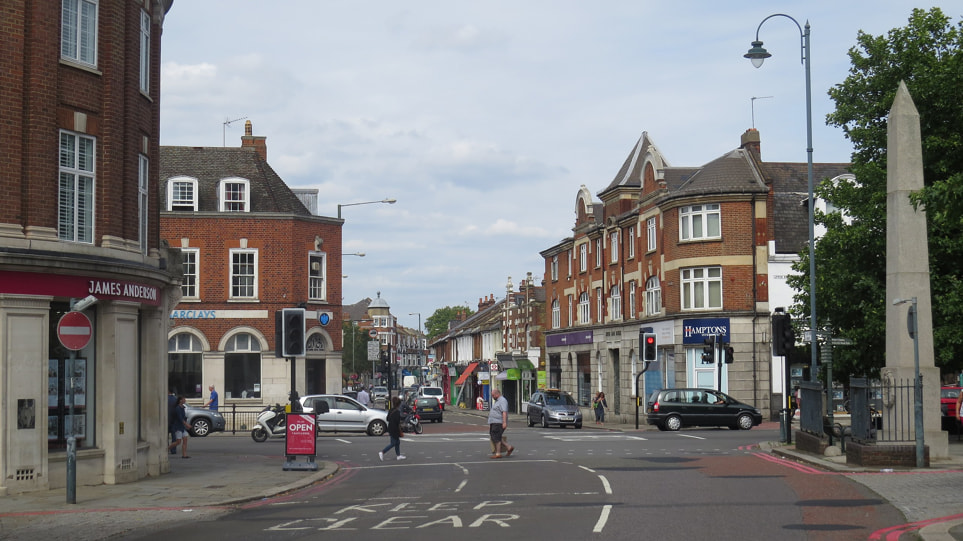Mastering Change of Use in Richmond Fulwell: A Step-by-Step Exploration
Richmond Fulwell, with its charming streets and evolving real estate scene, is a prime spot for those looking to reimagine property uses. Whether you’re eyeing a transformation from a cozy café to a chic boutique or envisioning a new life for an old office space, understanding the nuances of Change of Use is essential. This guide delves into the process with a fresh perspective, offering a unique approach to navigating the transition while spotlighting the opportunities and challenges that lie ahead.
What is Change of Use?
Change of Use is more than just a legal term; it’s the art of repurposing a property to serve a new function. Imagine turning a vintage warehouse into a trendy loft or shifting a quiet shopfront into a bustling eatery. This process involves altering the property’s designated use, which requires a thorough understanding of local regulations and strategic planning.
Decoding Legalities and Regulations
In the heart of Richmond Fulwell, the change of use process is governed by a series of regulations designed to ensure that alterations align with community needs and local planning policies. Here’s a unique look at the legal aspects:
- Planning Permission: Generally, changing a property’s use requires planning permission from Richmond Council. This permission ensures that the new use fits within the local development framework and does not disrupt the area’s character.
- Permitted Development Rights: Sometimes, minor changes may fall under permitted development rights, allowing you to bypass some regulatory hurdles. However, these rights come with specific limits and conditions that must be carefully reviewed.
- Consultation and Assessments: Depending on the scale of the change, you might need to carry out impact assessments or consult with local stakeholders. This is crucial for changes that could affect the local community or environment.
Navigating the Application Process
Transforming your property involves a series of steps, each critical to ensuring a successful Change of Use. Here’s a unique breakdown of the process:
- Initial Exploration: Before diving into paperwork, explore Richmond Fulwell’s local planning policies and consult with the planning department. This initial step helps to gauge feasibility and identify any potential roadblocks.
- Crafting Your Proposal: Your application needs to be comprehensive and compelling. Include detailed plans of the existing and proposed uses, along with any necessary impact assessments. The more thorough your application, the smoother the review process will be.
- Submission and Scrutiny: Once submitted, your application will be examined by planning officers who will assess its alignment with local regulations. The process might involve public consultations and reviews by community stakeholders.
- Decision and Adaptation: Following the review, you’ll receive a decision notice outlining any conditions attached to the approval. Adhering to these conditions is vital for a successful implementation.
Unveiling the Benefits
Successfully navigating the Change of Use process in Richmond Fulwell offers a plethora of benefits:
- Elevated Property Value: Transforming a property to a more sought-after use can significantly increase its market value. For instance, converting a commercial space into residential units can yield impressive returns.
- Enhanced Usability: Adapting a property to meet current demands can enhance its functionality and appeal. Richmond Fulwell’s evolving needs make it an ideal locale for such transformations.
- Community and Economic Revitalization: Effective changes of use can invigorate local areas, creating new opportunities and meeting the community’s evolving needs. Whether it’s a new retail space or a community hub, these changes can have a positive ripple effect.
Facing the Challenges
While the potential benefits are substantial, the Change of Use process comes with its own set of challenges:
- Regulatory Complexity: The regulatory landscape can be intricate, with varying requirements based on the type of change. Understanding and complying with these regulations is crucial to avoid delays and additional costs.
- Community Reception: Major changes can sometimes be met with resistance from local residents. Engaging with the community and addressing their concerns can help smooth the path to approval.
- Financial Considerations: The financial aspects of a Change of Use can be significant, including costs for planning applications, renovations, and compliance. Effective budgeting and professional advice are essential for managing these expenses.
Richmond Fulwell’s dynamic property landscape presents exciting opportunities for those looking to undertake a Change of Use. By understanding the legal requirements, navigating the application process, and addressing potential challenges, you can turn your vision into reality. Whether you’re repurposing a property for commercial or residential use, careful planning and adherence to local regulations will pave the way for a successful transition.
For further guidance, reach out to Richmond Council’s planning department or consult with a planning expert to ensure a smooth and successful Change of Use journey.



No responses yet